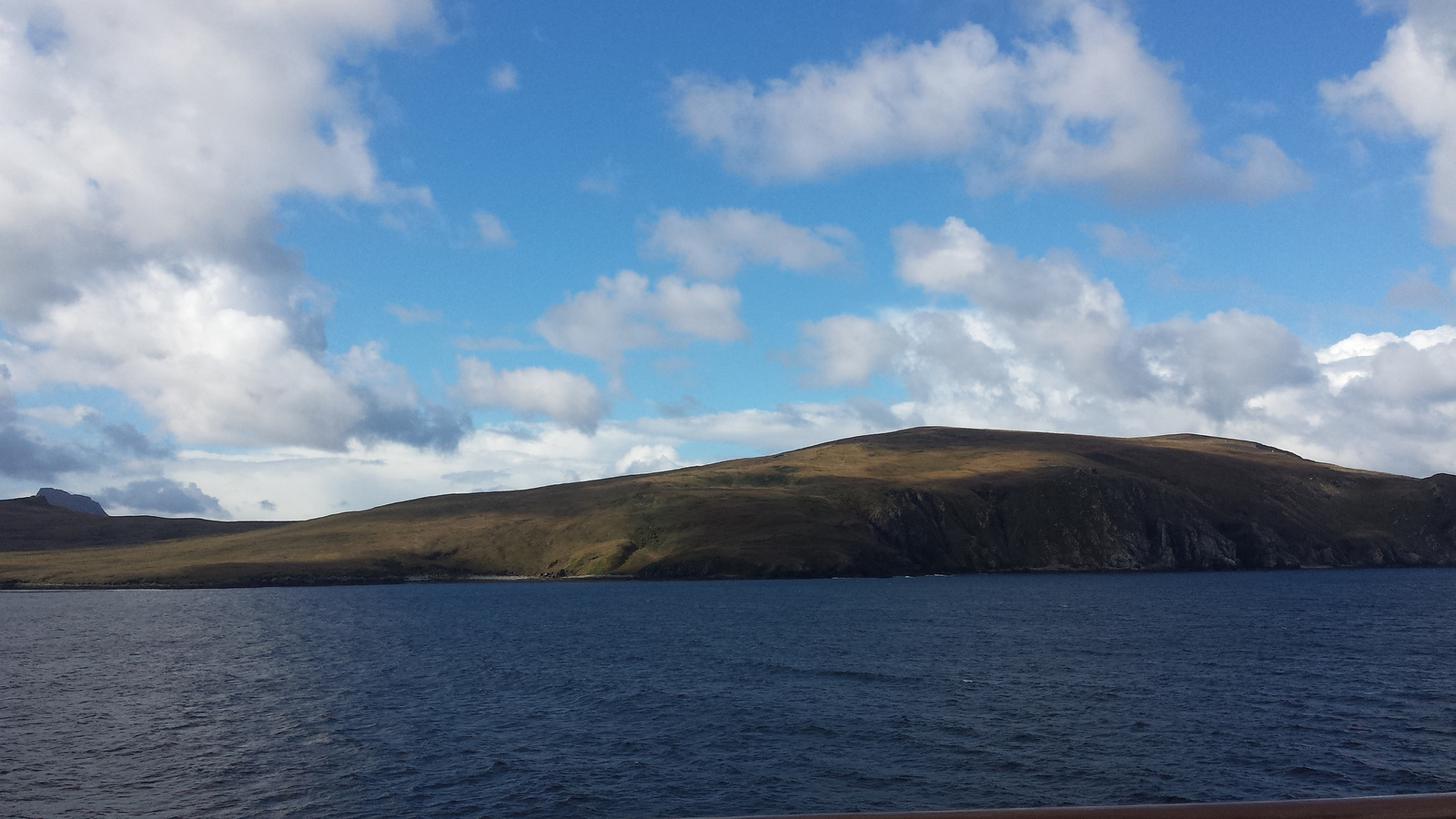How about all that snow out there! What better time to study meteorology. We have been studying the way that the weather works and how it’s all put together in the world, from the trade winds, cloud formations and what effects the sun have on the planet. All these very interesting subjects have been studied in the last week.
It’s interesting what people think of when you mention meteorology. What meteorology is, “is a branch of the atmospheric sciences which includes atmospheric chemistry and atmospheric physics, with a major focus on weather forecasting.”
We first started off by going over all the different layers of the atmosphere. First is the troposphere, then the stratosphere, the mesosphere, the thermosphere, and lastly, the exosphere. Learning a simple association will help to remember the order of all these complex layers of gas which we are surrounded by. It’s amazing what goes on in each layer! We went over this subject last year as well as in the first year of the cadet program so it was great to have the refresher.
After learning more about the atmosphere, we then studied the clouds. This really takes you back to when you are a kid and learning about the cumulus clouds, which are the fluffy ones that everyone tries to make shapes out of. “Oh look! That one looks like rabbit!” These cumulus clouds do form some interesting shapes at times!
One really interesting concept that we go over is why the hottest time of the day is at around 2:00 p.m. The maximum amount of sun rays actually hit the earth at around 12:00 p.m., but it takes two hours for the earth to heat up. This is when we really feel it. The short waves come from the sun and then the long rays are what leave the earth, once they have bounced off the earth. Ice and water reflect the rays from the sun, whereas the ground really heats up.
